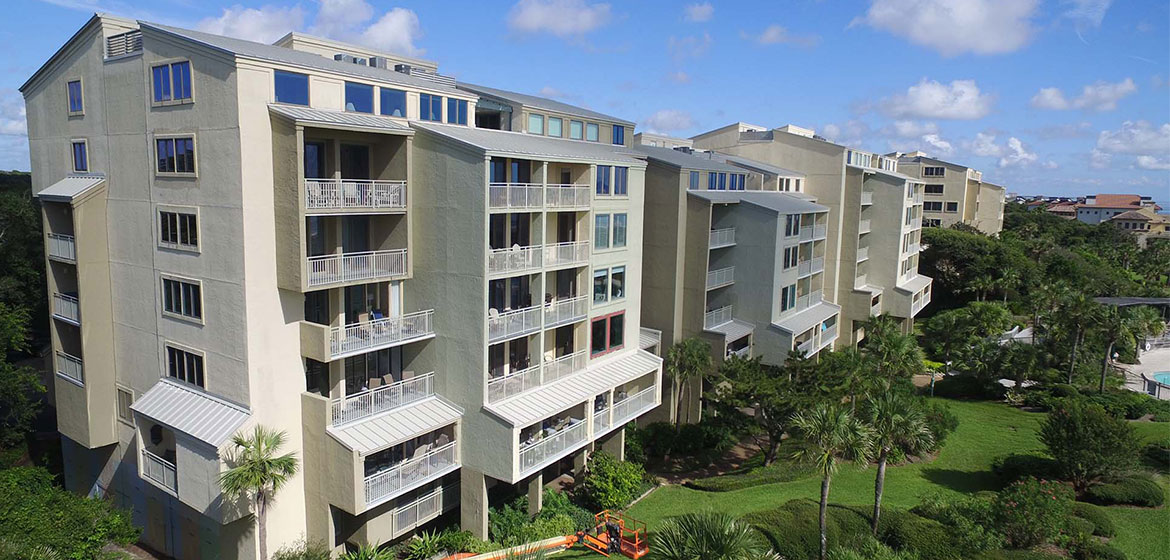How Natural Disasters Can Affect Your Residential Building

Natural disasters are starting to become more common and severe as a risk of climate change. A large portion of the United States is at risk of wildfires, floods, tsunamis, tornadoes, landslides, and hurricanes that are predicted to increase in frequency and severity in the coming years. The damages natural disasters cause on a residential building or a public building forcers homeowners to move to a new area altogether.
Are Natural Disasters Becoming More Common?
Yes. They are becoming more common and severe. Hurricanes, wildfires, tornadoes, and floods are all attributed to climate change and are expected to rise in intensity and frequency in the coming years.
The Effects of Natural Disasters on Existing Homeowners
After a natural disaster, homeowners are immediately faced with a very difficult situation. Most of the time, they would experience loss of possession, their community, their jobs, and loved ones. In these dire situations, it is difficult for them to piece their lives back together and potentially fight for coverage with their insurance company. Even those with sufficient coverage may find it difficult to find housing. There will be simply not enough units available if the area affected has a very high occupancy rate and a very tight housing market.
The Effects of Natural Disasters on Homebuyers
Homebuyers are constantly concerned about the potential of a natural disaster when they are house shopping. Based on research, it is found that 62 percent of homeowners are worried about the threat of natural disasters. It is also found that after a catastrophic event, there is around a three to five percent decrease in homeownership rates in affected areas. Houses are less likely to be bought in an area that was recently affected by a natural disaster.
Places That Are Least Likely to Get Hit
No place is entirely safe from natural disasters. However, locations that are far from the coast are least likely to experience natural disasters. In addition, parts of the United States that are in an area wet enough to avoid severe wildfires, high enough to avoid flooding, not in an area that is prone to tornadoes, and not in an area near fault lines for earthquakes pose a smaller chance of experiencing a natural disaster.
Places That are Most Likely to Get Hit
Coastal areas like New Orleans, Houston, and Miami are most likely to get hit by flooding, storm surge, and hurricanes. With the rise of sea levels due to climate change, the risk of natural disasters happening is increasing. Locations with seismic activity, like Hawaii and the West Coast, are most likely to get hit by tsunamis and earthquakes. Those who live near the rockies are at a greater risk of subsequent landslides and wildfires.
As natural disasters are becoming more common, homeowners will have to be ready to deal with the aftermath. Obtaining housing after a natural disaster will be difficult possibly forcing them to move to another area entirely. Today, homeowners consider the potential for disasters when purchasing a home which so far appears to have a moderate impact on the market in disaster-prone areas.